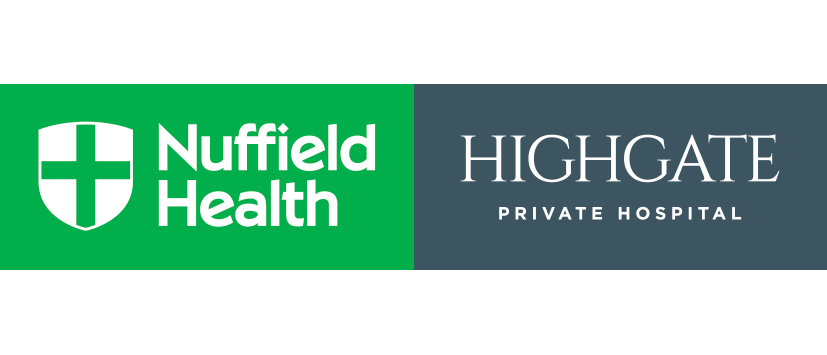Great Exercises to Help Recover from Hernia Surgery
What is a hernia?
A hernia is when an internal part of the body pushes through a weakness in the muscle and body wall, often resulting in the appearance of a lump that gets bigger when you cough or strain and tends to disappear when you lie down. The most common hernias are inguinal hernias, which occur in the lower abdomen/groin region or through previous surgical scars (including previous hernia repairs). Generally, hernias are not harmful, however, in some cases, it is possible for them to get strangulated (where the blood supply is cut off) or obstructed, which can result in pain and further complication requiring emergency surgery. Therefore, most hernias are routinely repaired surgically to prevent any complications occurring in the future.
What is hernia surgery?
Hernia surgery aims to replace the internal organs to their normal position and to repair the weakness in the muscle and body wall. Hernias are sometimes caused by repetitive straining, so recovering from hernia surgery involves carefully returning to normal exercise and activity without causing the hernia to recur.
Exercises to optimise recovery
There are several things you can even do before your surgery to aid a swift and successful recovery:
-
Improve your cardio-respiratory health
Any kind of exercise that gets you out of breath and gets your heart pumping faster will help improve your general health and aid recovery from any kind of operation. This can include walking, light jogging or swimming
-
Strengthen your limbs
Making small differences, like standing up from a chair without using your arms, or doing a few bicep curls with a lightweight (something like a tin of baked beans works well) can make a big difference in feeling stronger post-operatively
Exercising and strengthening in a gym is a great way to improve your fitness, but doing small things at home can also make a massive difference if the gym is not suitable. Talk to your doctor for more advice regarding exercise before your operation.
Recovering from hernia surgery
Here are a few exercises to help get you through your recovery and back on your feet!
-
Deep breathing
It is common (and normal!) to feel pain after surgery. Particularly following abdominal surgery, taking deep breaths can be more painful so people tend to take very shallow breaths. This can sometimes lead to infections developing in the bottom of the lungs where they are not being fully expanded. Therefore, it is important to take several, conscious deep breaths a few times a day. It is also important to clear any phlegm or sputum with controlled coughing. It can be helpful to hold a pillow or towel over the surgical wound to lend it some more support and allow you to cough and clear the lungs properly
-
Get up and walking
The best exercise to do after hernia surgery is to get up and get walking around as soon as you can. This helps to keep your circulation moving well and encourages your gut to keep working. Many people feel very weak and tired following surgery, but it is important to walk a little (even just a few steps to start with) and try to increase the distance throughout the recovery. Walking has many benefits, including speedier recovery and prevention of infection and clots
-
Leg exercises
For each of the following exercises, repeat a few times to start with, and increase the repetitions as you feel stronger. These exercises help to keep your legs strong so you can move around more easily and keep the circulation moving to prevent blood clots:
- Ankle flex: Flex and stretch your ankles, 10 repetitions at a time
- Knee pushes: Strengthen the back of your thighs by lying flat on your back and pushing the back of your knee (one at a time) down into the bed, hold for a few seconds and relax
- Leg straightens: Sit on the edge of the bed, feet on the floor with your knees flexed at 90 degrees. Straighten out each leg at a time, hold for a few seconds, then return to 90 degrees flexion
-
Abdominal exercises
These exercises will help to strengthen your core muscles to prevent a hernia from coming back:
- Button pulls: Lie on your back with your knees bent (feet on the bed) and hands on your hips. Take a deep breath in through your nose, then, as you breathe out, pull in your belly button towards your spine, hold for a few seconds, then relax and breathe normally
- Core twists: Lie on your back with your knees bent (feet on the bed) and hands either side of you to stabilise yourself. Leaving your feet on the bed, lower both knees on one side as far as you comfortably can, then return to the starting position. Repeat on the other side
- Pelvic tilts: Lie on your back with your knees bent (feet on the bed) and hands under the lower back. Tighten your abdominal muscles and tilt your bottom forwards to flatten your spine down on your hands. Hold for a few seconds and return to the starting position
-
Remember to take it easy!
The most important thing to remember is to take it easy! It takes up to 12 weeks to return to normal activity following hernia surgery and it is better to do gentle exercises to start with and work up to walking further or doing more repetitions as you feel able to. It is very important to avoid any heavy lifting or standing for long periods of time until you have fully recovered
Date: 22/02/2019
By: gpittson
